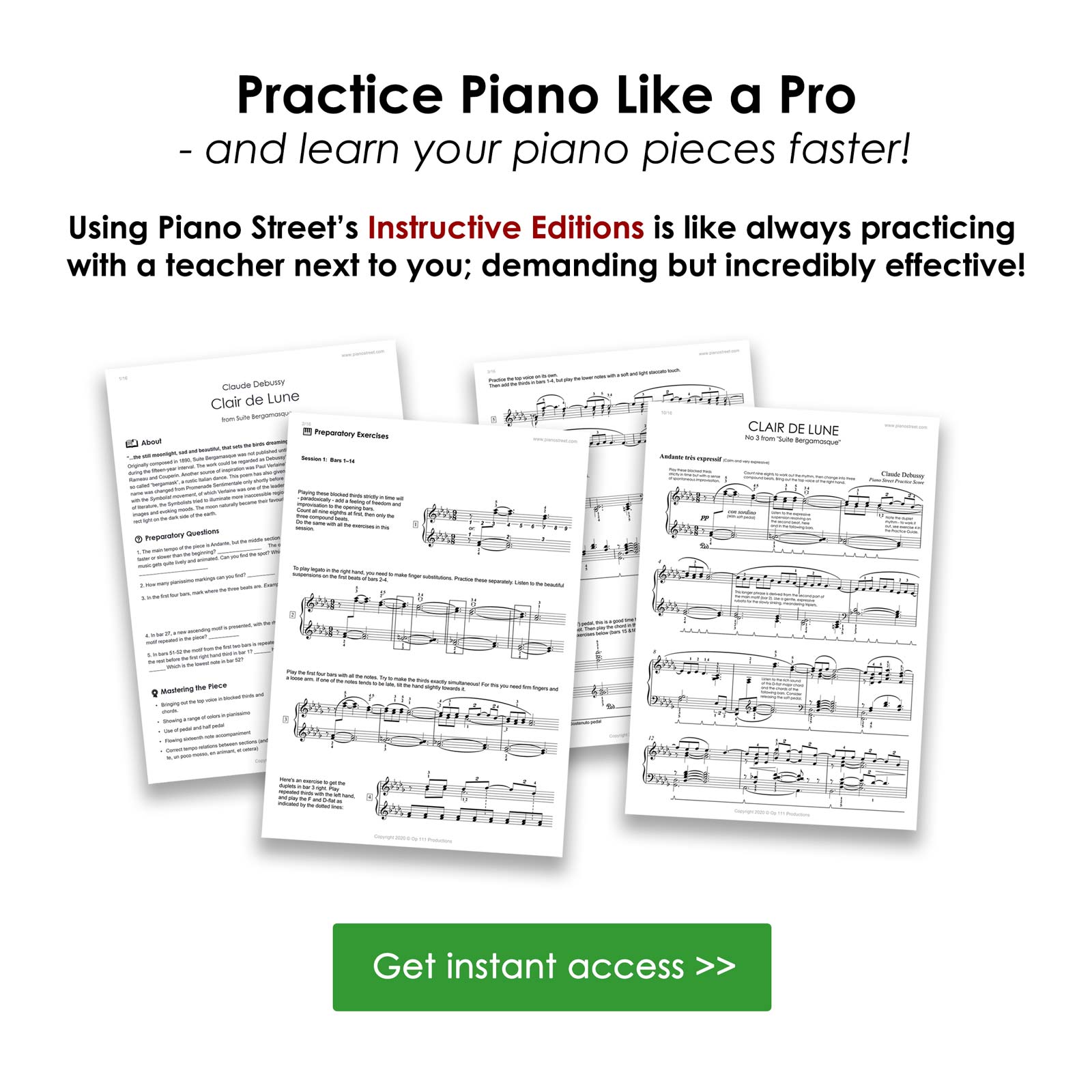Piano Forum
Piano Street Magazine:
The World of Piano Competitions - issue 1 2025
The World of Piano Competitions is a magazine initiated by PIANIST Magazine (Netherlands and Germany) and its Editor-in-Chief Eric Schoones. Here we get a rich insight into the world of international piano competitions through the eyes of its producers and participants. Read more
Pages: [1] Go Down
Pages: [1] Go Up
For more information about this topic, click search below!
 Topic: (Slow) Blues repertoire and tips
Topic: (Slow) Blues repertoire and tips 